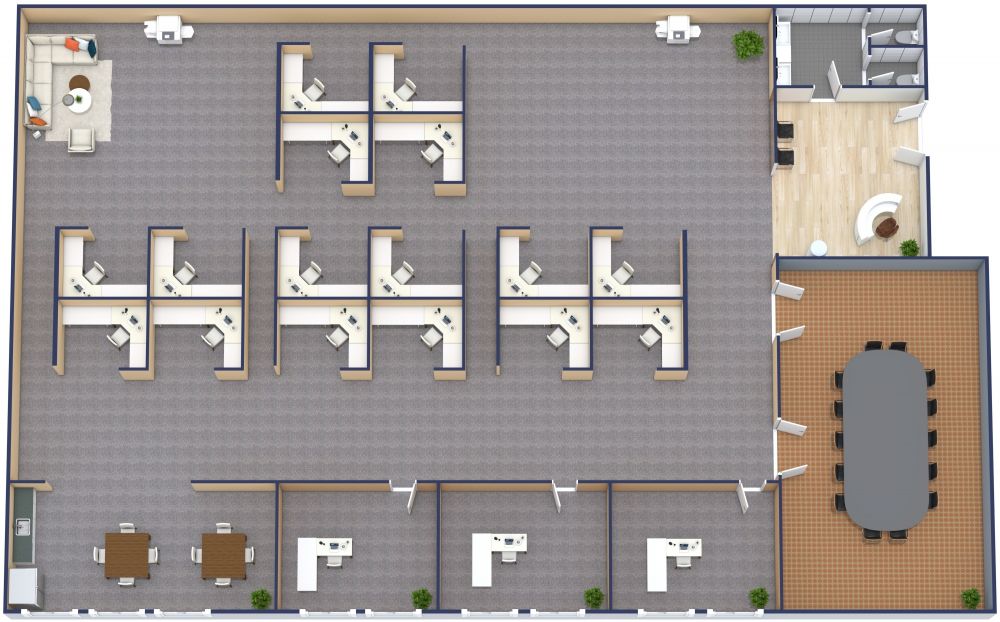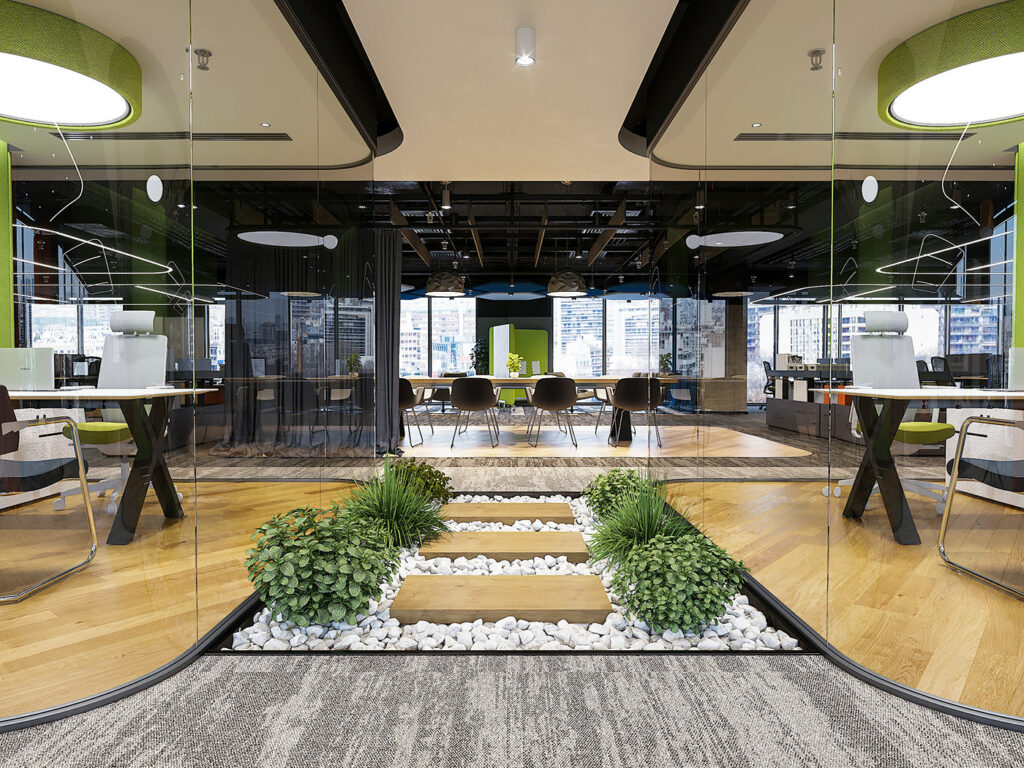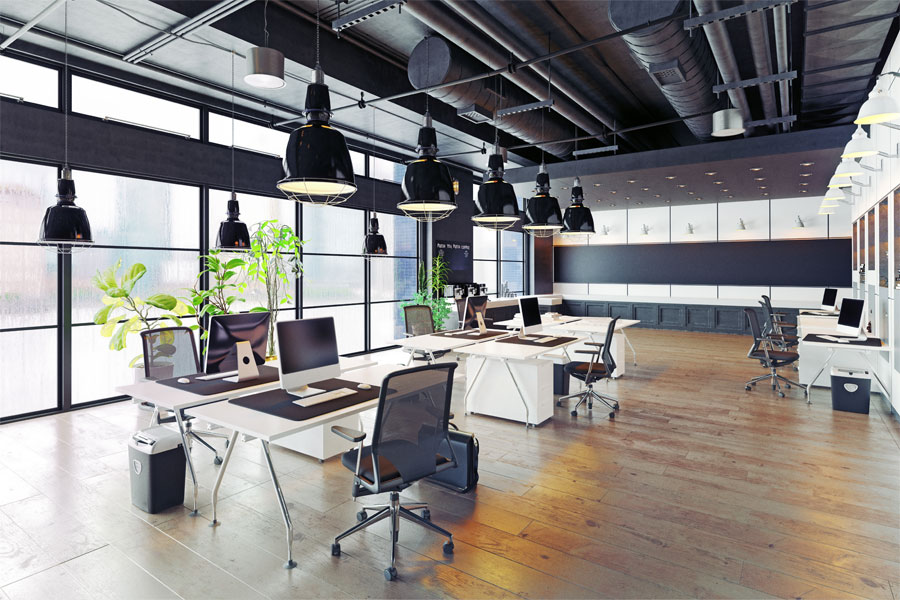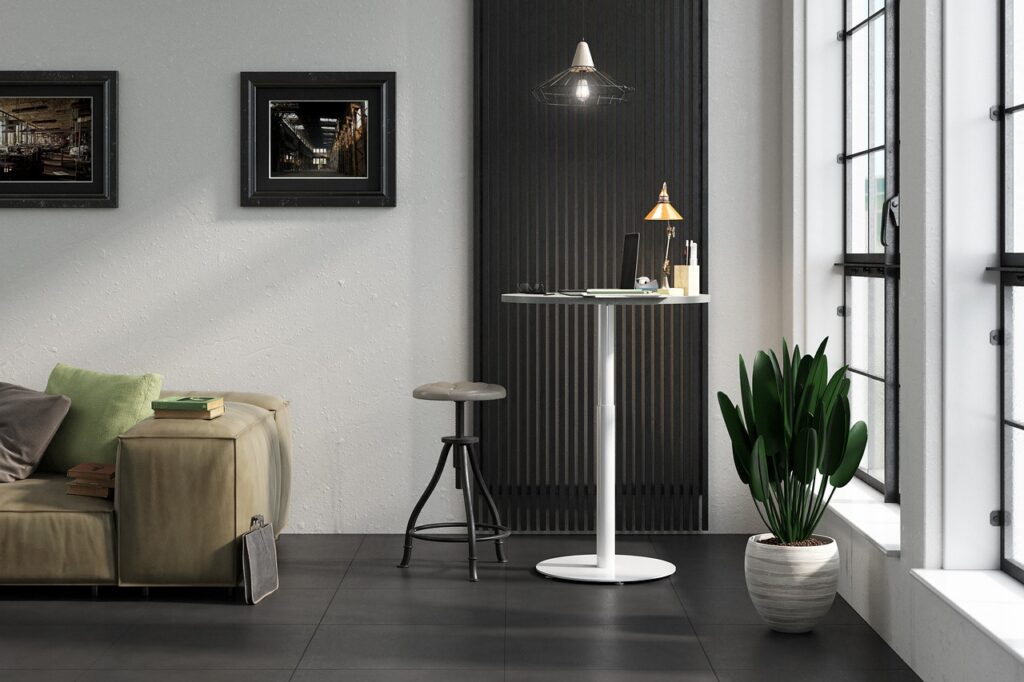In today’s fast-paced work environment, office cubicle design plays a crucial role in enhancing both productivity and employee well-being. The way you design your workspace can significantly influence your team’s efficiency, comfort, and overall job satisfaction. This guide explores everything you need to know about modern office cubicle design, covering ergonomic setups, creative cubicle ideas, space-saving designs, and more.
Whether you’re looking to redesign your office or set up new cubicles, this comprehensive guide will help you make informed decisions to create an ideal workspace for your team.

Why Office Cubicle Design Matters
Office cubicles are more than just partitions dividing up office space. A thoughtful cubicle design can enhance productivity, promote comfort, and reduce workplace distractions. The design of your office cubicles impacts both physical and mental well-being, making it essential to create an environment that supports the diverse needs of employees.
- Increased Productivity: A well-designed office cubicle can help employees focus by reducing distractions and promoting a sense of personal space.
- Employee Comfort: Ergonomic furniture and smart design elements can contribute to overall comfort and health, reducing strain and fatigue.
- Flexibility and Collaboration: Modern cubicle designs offer flexibility to support both individual work and collaborative efforts, with adaptable layouts and versatile furniture options.
Key Elements of Office Cubicle Design
When it comes to office cubicle design, there are several essential elements that should be considered to maximize functionality, comfort, and aesthetics.
1. Office Cubicle Layout Tips
Choosing the right layout is the first step in designing an efficient office space. There are different types of office cubicle layouts, each offering its unique set of benefits. Some popular layout types include:
- Open-Plan Workstations: These layouts are great for promoting collaboration but may lack privacy.
- Private Cubicles: For those who need more focus, these layouts provide quiet and seclusion.
- Modular Cubicles: These are highly customizable and can be adjusted as the team size or needs change over time.
In addition to these, hybrid layouts can be designed to support both private work and group activities, depending on your team’s needs.
2. Ergonomic Office Cubicle Setup
An ergonomic office cubicle setup is essential for promoting physical health and comfort. A good ergonomic design reduces strain and fatigue, allowing employees to work efficiently without discomfort. Key elements of an ergonomic cubicle setup include:
- Adjustable desks: Desks that can be raised or lowered help employees switch between sitting and standing positions.
- Ergonomic chairs: Chairs with proper lumbar support and adjustability prevent back pain and improve posture.
- Keyboard and monitor positioning: The keyboard and monitor should be at eye level and at a comfortable distance to avoid neck and eye strain.
Investing in ergonomic office furniture not only promotes employee health but also boosts productivity.
3. Creative Cubicle Design Ideas
Incorporating creativity into cubicle design can help create an inspiring and motivating environment. Some creative cubicle design ideas include:
- Personalized Decorations: Allowing employees to decorate their cubicles with personal items can enhance morale and create a sense of ownership over the workspace.
- Color Psychology: Colors can affect mood and productivity. For example, green and blue are known to promote calmness and focus, while yellow stimulates creativity.
- Custom Partitions: Instead of traditional cubicle walls, try transparent or frosted partitions to allow more light and reduce the feeling of confinement.
These design ideas help to create a more enjoyable and engaging workspace, leading to happier and more productive employees.
4. Office Cubicle Layout Tips for Collaboration and Privacy
One of the most significant challenges of office cubicle design is balancing collaboration and privacy. The right layout can help foster both. Some approaches to achieve this balance include:
- Glass Walls: Use glass partitions to allow natural light into cubicles while maintaining privacy.
- Acoustic Panels: Add soundproof panels to reduce noise in open-plan offices, allowing employees to focus.
- Breakout Spaces: Include designated spaces for meetings and brainstorming to encourage collaboration without disrupting the entire office.
These strategies allow employees to collaborate when needed but retreat to their personal space when focused work is required.

Latest Trends in Office Cubicle Designs
The world of office cubicle design is constantly evolving. Here are some of the latest trends in office cubicle designs for 2025:
- Sustainable Materials: Eco-friendly designs using recycled and sustainable materials are gaining popularity, reflecting a company’s commitment to environmental responsibility.
- Smart Cubicles: With the advent of smart technology, cubicles are becoming more high-tech, incorporating features like wireless charging stations, integrated lighting, and climate control.
- Hybrid Workstations: Flexible workstations that can be adapted for different uses—like standing desks, meeting areas, or privacy booths—are increasingly in demand due to the rise of hybrid work models.
These trends reflect a shift toward more flexible, sustainable, and employee-friendly office environments.
How to Design an Office Cubicle for Productivity
When it comes to designing an office cubicle for productivity, focus on elements that minimize distractions and provide a comfortable working environment. Here are some essential tips:
- Minimal Clutter: Keep the workspace organized by using storage solutions and keeping the desktop clean.
- Good Lighting: Ensure there is adequate lighting to prevent eye strain. Combine natural light with adjustable task lighting.
- Personalized Touches: A personal touch can make the workspace feel more comfortable, but avoid too many distractions.
The goal is to create a balance of privacy, comfort, and functionality to help employees focus on their tasks.
Best Cubicle Designs for Small Offices
For small offices, space-saving office cubicle designs are essential. Some of the best cubicle designs for small offices include:
- Compact Modular Cubicles: Modular cubicles that can be stacked or arranged in creative ways save space while offering flexibility.
- Wall-Mounted Desks: These desks are great for small spaces, as they don’t take up floor space and allow for more movement.
- Open Office Layouts: If privacy isn’t a top priority, open workstations can maximize the available space while promoting collaboration.
These design ideas make the most of the limited space, ensuring that the office remains functional and efficient.
Cost-Effective Office Cubicle Solutions
Office cubicle design doesn’t have to be expensive. There are several cost-effective office cubicle solutions that can help you create a functional workspace without breaking the bank:
- Used or Refurbished Cubicles: Purchasing used cubicles or refurbishing old ones can save significant costs while still providing a high-quality office setup.
- Modular Designs: Modular cubicles are typically more affordable and adaptable, making them a cost-effective option for small businesses or startups.
- DIY Design: Consider designing your own cubicles with simple partitions or cost-effective materials like fabric or plywood.
Conclusion: Create the Ideal Office Cubicle Design
A thoughtfully designed office cubicle can transform your workspace and contribute to the success of your business. From ergonomic setups to creative design ideas, there are endless possibilities for creating an office environment that promotes productivity, comfort, and employee well-being.
By considering the key elements discussed in this guide, you can design office cubicles that meet your company’s needs while also improving the work experience for your employees.





